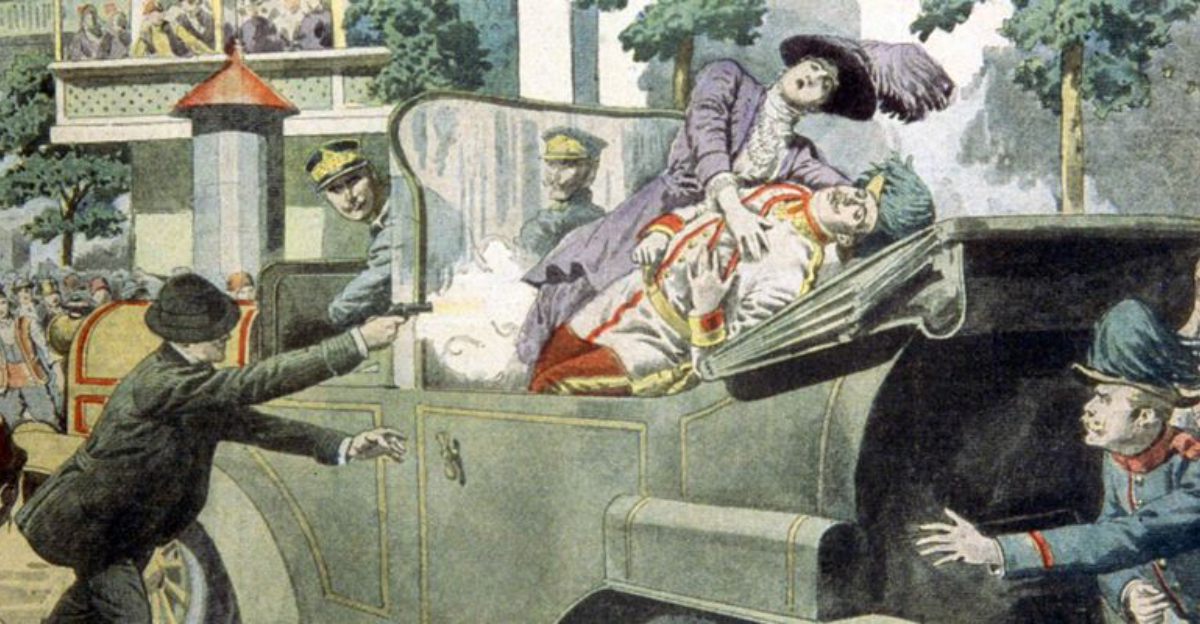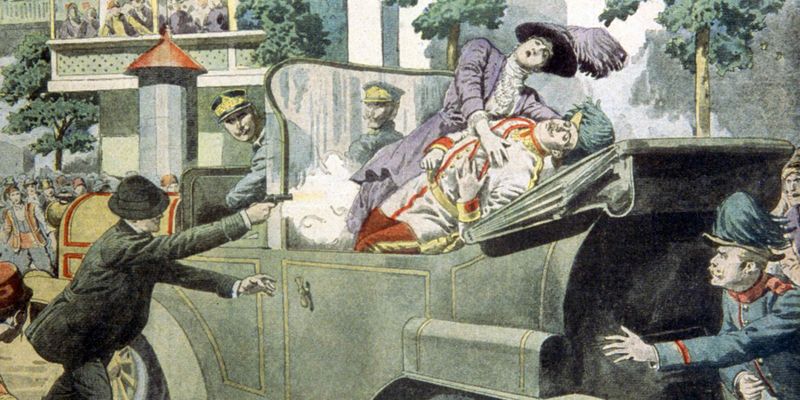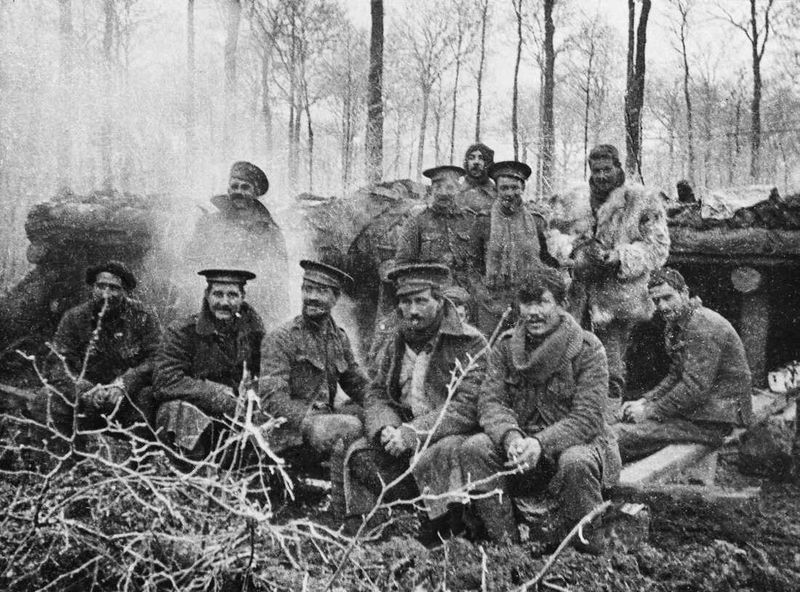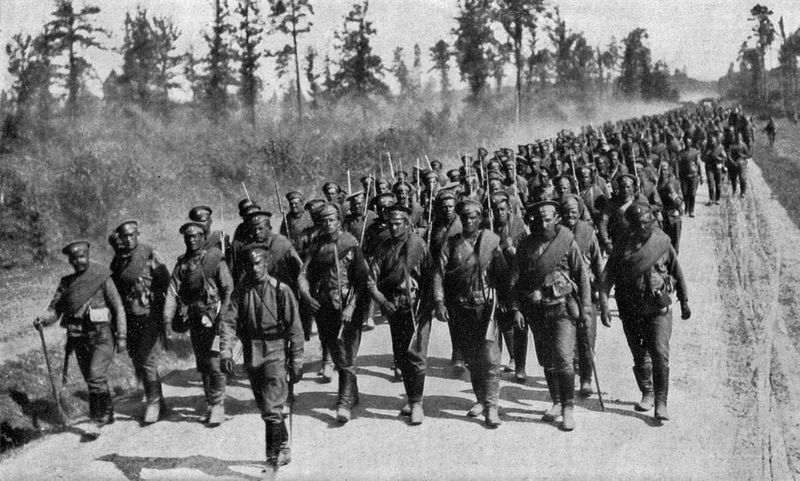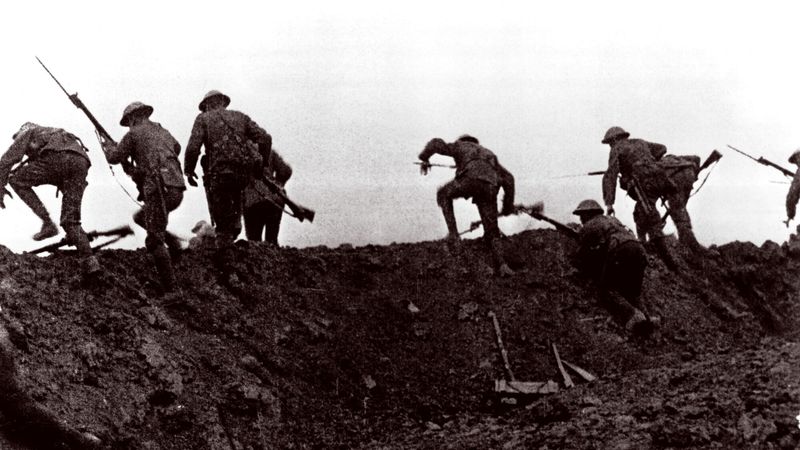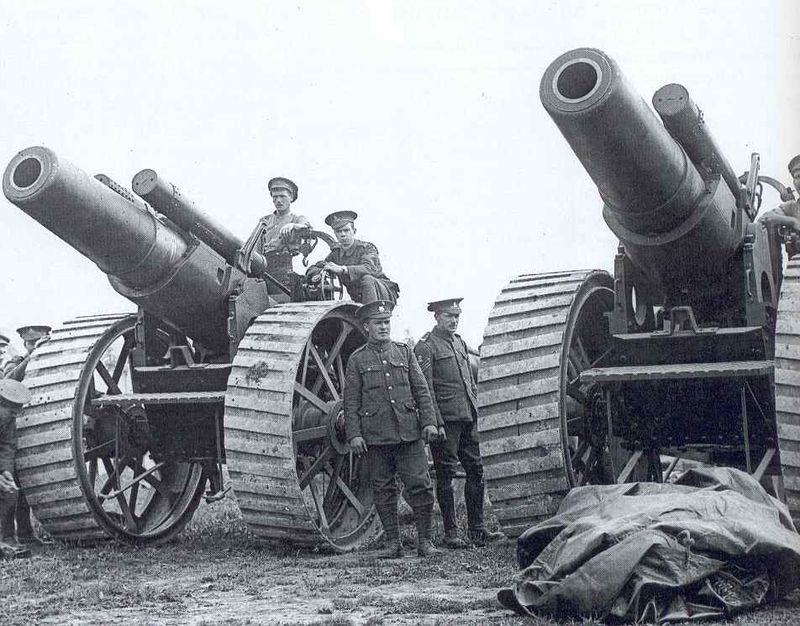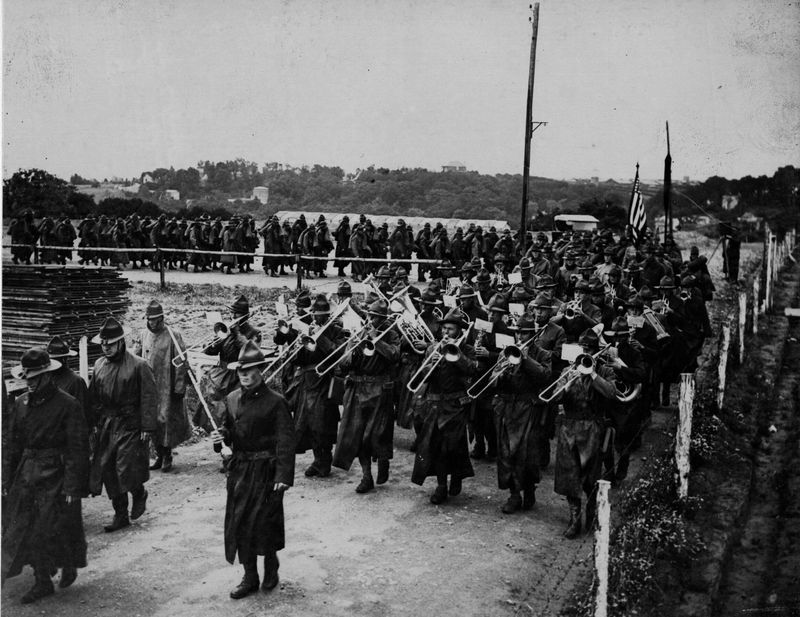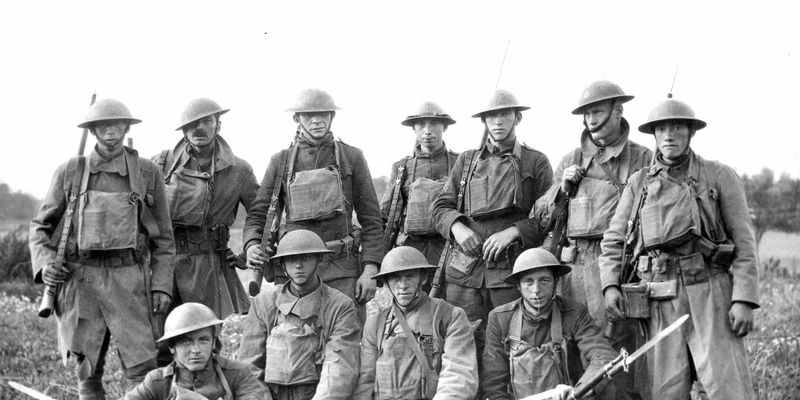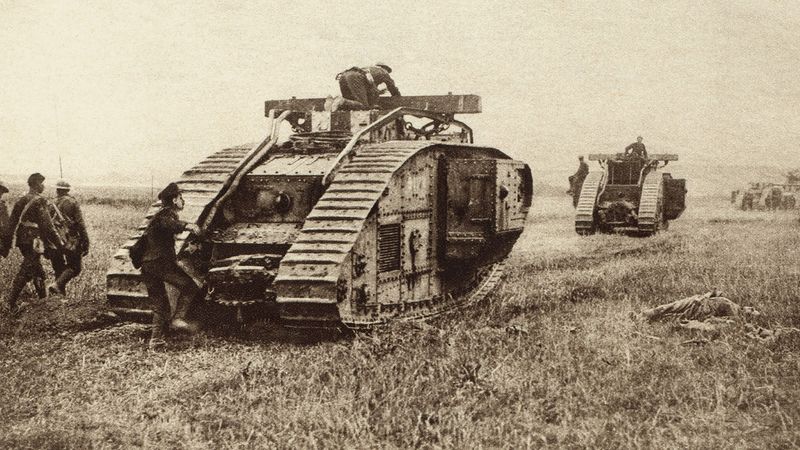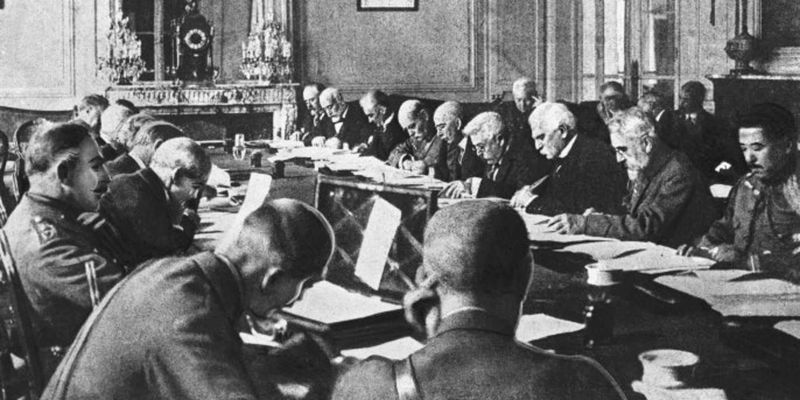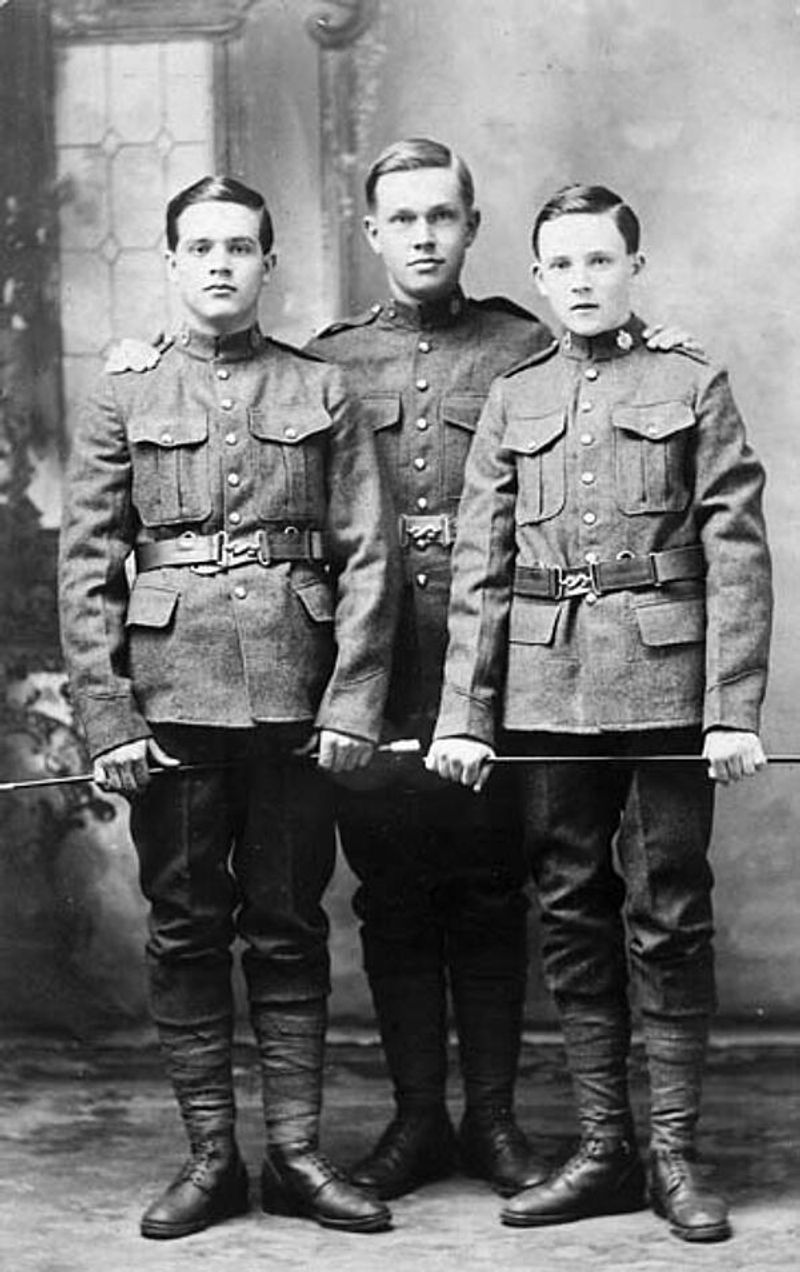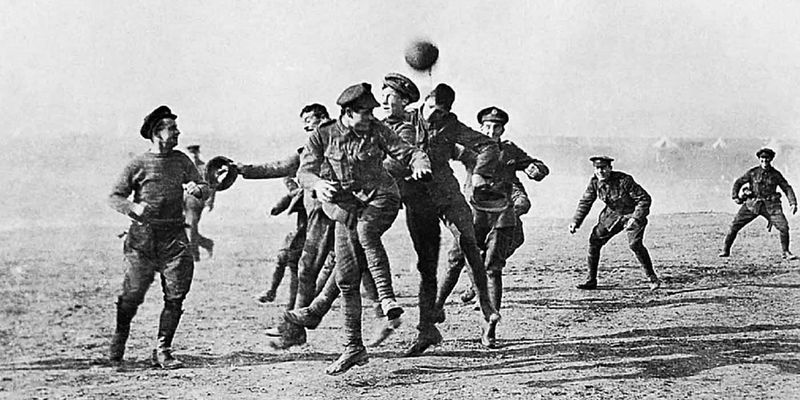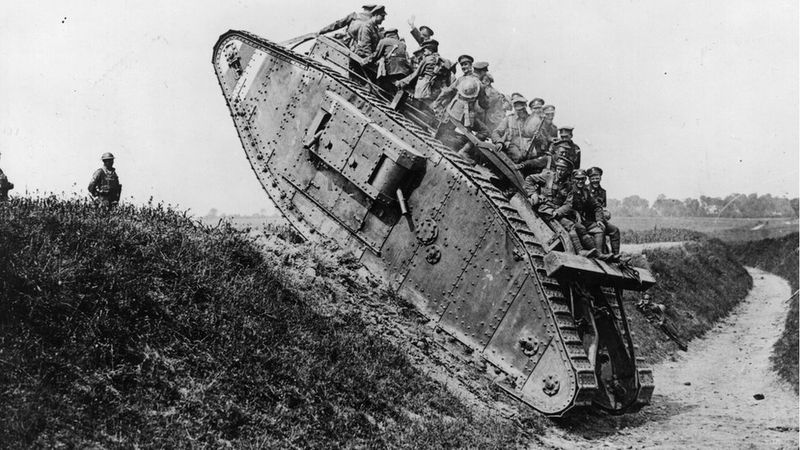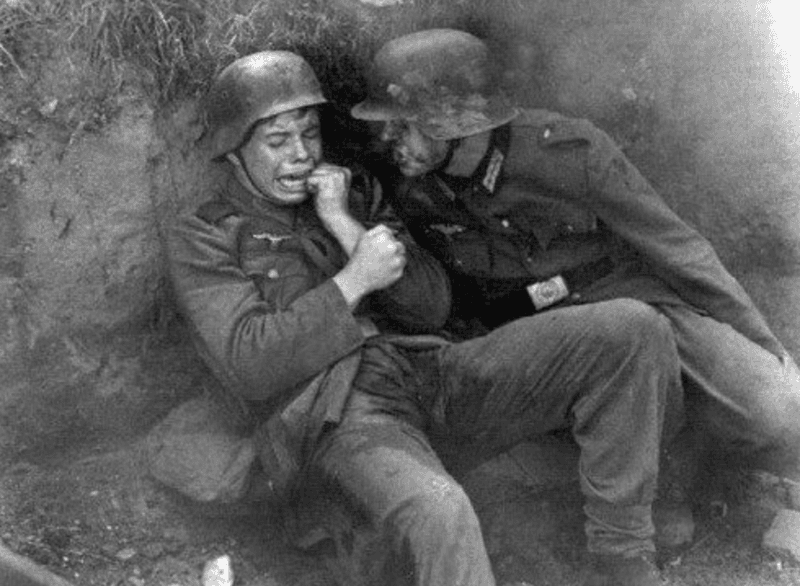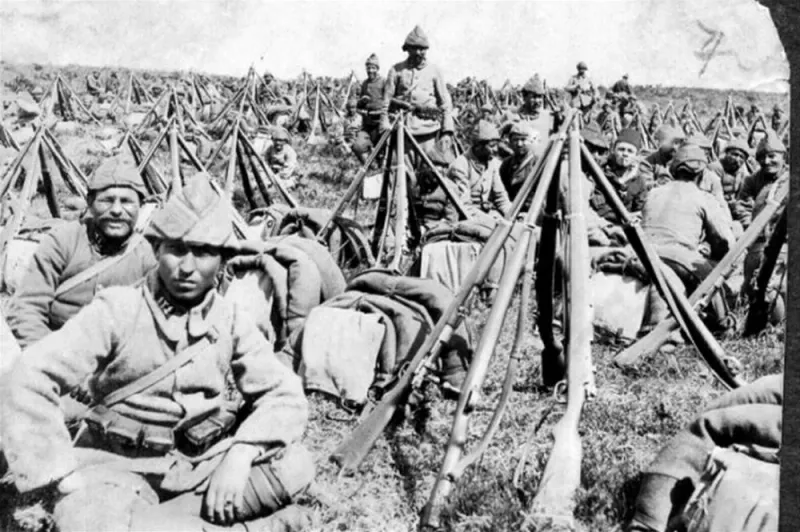World War One is often shrouded in misunderstandings and myths that have persisted through time. From the causes of the war to its outcomes, many misconceptions still circulate today.
This article aims to debunk 20 of these enduring myths, providing a more nuanced understanding of the Great War.
By exploring these myths, readers will gain insight into the complex realities of World War One, offering a fresh perspective on a conflict that reshaped the world. Each section addresses a specific myth, contrasting popular beliefs with historical truths.
1. The War Was Caused by Just One Assassination
It’s a common belief that World War One was solely triggered by the assassination of Archduke Franz Ferdinand. However, while this event was indeed the spark, it wasn’t the sole cause. Europe was already a tinderbox due to a complex web of alliances, burgeoning nationalism, and aggressive militarism. Additionally, imperial rivalries heightened tensions across the continent. These factors combined, creating a volatile environment where a single incident could lead to a large-scale war. Thus, the assassination was merely the match that ignited an already explosive situation.
2. The War Was Over by Christmas
Many believed World War One would be a short conflict, with soldiers returning home by Christmas. However, the war dragged on for over four years, claiming more than 16 million lives. The early optimism was replaced by the grim reality of trench warfare, where advances were measured in yards and battles lasted for months. The harsh winters and persistent stalemate further dimmed hopes for a swift resolution. Soldiers endured relentless combat, waiting for a peace that seemed ever elusive.
3. Trench Warfare Was Constant and Universal
Trench warfare is often seen as synonymous with World War One, but it wasn’t universal. While the Western Front was characterized by its extensive trench systems, other fronts experienced more fluid and mobile battles. The Eastern Front, for example, saw sweeping movements over vast territories. In the Middle East, desert campaigns introduced different challenges. Each front presented unique tactical and environmental conditions, leading to varied warfare experiences. Thus, the war’s complexity is often overshadowed by the iconic image of trenches.
4. Most Soldiers Died in the Trenches
A common misconception is that most soldiers perished in the trenches. While trench conditions were indeed deplorable, many deaths occurred during offensives and open-field battles. Early and late stages of the war witnessed significant movements, where soldiers faced artillery barrages and machine-gun fire. Open terrain battles often resulted in high casualties, challenging the image of static trench life. These offensives revealed the harsh realities of modern warfare, contrasting with the grim monotony associated with trench life.
5. Poison Gas Was the Deadliest Weapon
Though terrifying, poison gas wasn’t the deadliest weapon of World War One. Artillery claimed the most lives, dominating the battlefield with its relentless barrages. Gas attacks, while horrifying and psychologically impactful, caused fewer fatalities compared to the sheer destructive power of artillery. The constant thunder of shells and the cratered landscapes they created epitomized the war’s brutality. Soldiers lived under the constant threat of bombardment, with artillery shaping both strategy and daily life in the trenches.
6. The U.S. Won the War for the Allies
The entry of the United States into the war in 1917 did not single-handedly win the war for the Allies, though it was a significant morale boost. By this time, the war’s direction was already shifting due to depleted German resources and internal unrest. Allied strategies and the cumulative pressure on Central Powers were pivotal. American fresh troops added vigor, but victory was the result of sustained efforts and cooperation among all Allied forces. The U.S. entry hastened the end but wasn’t the sole reason for victory.
7. Soldiers Were Eager to Fight
Contrary to the myth, most World War One soldiers were not eager to fight. Early enthusiasm was often fueled by propaganda, but many soldiers were reluctant conscripts. They went to war out of a sense of duty or coercion rather than genuine excitement. As the brutal reality of war set in, initial fervor faded, replaced by a grim resolve to endure. The horrors of combat and the high casualty rates further dampened spirits, revealing the complex emotions soldiers experienced.
8. WWI Was the First “Modern” War
World War One is often termed the first ‘modern’ war due to its technological innovations like tanks, planes, and gas. However, earlier conflicts such as the Franco-Prussian War and American Civil War had already introduced elements of modern warfare. Railways, telegraphs, and mass mobilization characterized these earlier wars, setting the stage for World War One’s advancements. The Great War refined and expanded these technologies, marking a significant evolution but not the absolute beginning of modern warfare.
9. Germany Was Solely to Blame
The Treaty of Versailles famously blamed Germany for World War One, but the reality was more complex. Many countries contributed to the tensions and escalation leading to the war. Rivalries, alliances, and miscommunications played roles in the conflict’s outbreak. The treaty’s harsh terms and singular blame on Germany were controversial, sowing seeds of resentment that lingered into the future. Recognizing the shared responsibility offers a more balanced view of the war’s origins.
10. The Treaty of Versailles Ensured Peace
Far from ensuring peace, the Treaty of Versailles laid the groundwork for future conflict. Its harsh reparations and territorial adjustments humiliated Germany, fueling resentment. The redrawing of borders created new tensions, as ethnic groups found themselves under foreign rule. The treaty’s failure to address underlying issues meant that peace was fragile and short-lived. The punitive measures and unresolved diplomatic tensions contributed to the rise of extremism and the eventual outbreak of World War Two.
11. WWI Was Fought Only in Europe
A widespread myth is that World War One was confined to Europe. In reality, it was a global conflict, with battles taking place in Africa, the Middle East, Asia, and the Pacific. The Western Front may dominate historical narratives, but the war’s reach was extensive. British and French colonial troops fought across various lands, and naval battles spanned the world’s oceans. Recognizing its global nature provides a fuller understanding of the war’s impact and legacy.
12. All Soldiers Were Adult Men
Not all soldiers in World War One were adult men. Thousands of underage boys enlisted, some as young as 14. Many lied about their age to join the fight, driven by patriotism or economic hardship. Additionally, millions of colonial troops were conscripted or volunteered, adding to the diverse demographics. These young and colonial soldiers faced the same harsh conditions and dangers as their older counterparts, challenging the notion of a homogeneous fighting force and highlighting the war’s broad reach.
13. Everyone Supported the War at Home
Contrary to popular belief, not everyone supported World War One on the home front. Across Europe and in countries like Britain and the U.S., there were conscientious objectors and anti-war activists. Many faced persecution, censorship, and even imprisonment for their beliefs. The war sparked deep divisions, as some saw it as a necessary fight, while others viewed it as senseless slaughter. These dissenting voices remind us that public opinion was far from unanimous.
14. The Christmas Truce Was Widespread and Repeated
The 1914 Christmas Truce is often romanticized as a widespread pause in fighting, but it was limited in scope. Occurring only in specific sectors, it saw soldiers from opposing sides briefly fraternize and exchange gifts. High command quickly clamped down on such unofficial truces, and they were not repeated in subsequent years. This fleeting moment of humanity stood in stark contrast to the prevailing brutality, highlighting the soldiers’ shared longing for peace amid relentless conflict.
15. WWI Ended on November 11, 1918
While November 11, 1918, marked the armistice and cessation of hostilities, World War One didn’t officially end until the Treaty of Versailles was signed on June 28, 1919. The intervening months were a period of uncertainty and negotiation, with battles continuing in some regions. The armistice was a crucial step, but the formal conclusion required diplomatic efforts to finalize terms. Understanding the difference between armistice and peace treaty provides clarity on the war’s official timeline.
16. World War I Had No Lasting Impact Compared to WWII
World War One’s impact was profound, despite often being overshadowed by World War Two. It redrew Europe and the Middle East, leading to the fall of empires: German, Austro-Hungarian, Ottoman, and Russian. The war left deep scars on the 20th century, reshaping political landscapes and influencing future conflicts. Its legacy is seen in the unresolved tensions and socio-political changes it spurred, making it a pivotal event with lasting consequences for the world.
17. Tanks Were Game-Changers From the Start
Tanks are often hailed as game-changers in World War One, but their early use was fraught with challenges. Initial models were slow, prone to mechanical failures, and required significant manpower. Their psychological impact was undeniable, instilling fear and confusion among enemy troops. However, tactically, they didn’t dominate until later in the war, when improvements in design and strategy were implemented. The evolution of tanks demonstrated the iterative nature of military technology during the conflict.
18. Shell Shock Was Just Cowardice
During World War One, ‘shell shock’ was a misunderstood condition, often dismissed as cowardice. Today, it’s recognized as a form of post-traumatic stress disorder (PTSD). Soldiers suffering from it experienced debilitating symptoms, including tremors, nightmares, and anxiety. Many were punished or stigmatized instead of receiving proper care. This myth underlines the importance of understanding mental health in military contexts, highlighting the need for compassionate treatment of trauma in veterans and the evolution of psychological care.
19. The Ottoman Empire Was a Minor Player
The Ottoman Empire was far from a minor player in World War One. As a key member of the Central Powers, it played a significant role in various campaigns. The Gallipoli campaign, for instance, was a notable Allied failure, highlighting the Ottomans’ strategic importance. They also held off British forces in Mesopotamia and contributed to reshaping the Middle East post-war. Recognizing the empire’s contributions provides a more comprehensive view of the war’s global theater and its lasting impact.
20. World War I Was “The War to End All Wars”
The phrase ‘The War to End All Wars’ is often associated with World War One, reflecting an idealistic hope for lasting peace. However, the unresolved tensions and punitive measures post-war paved the way for World War Two just two decades later. The conflict’s aftermath demonstrated the challenges of achieving enduring peace through war. This myth serves as a poignant reminder of the complexities of international relations and the impact of political rhetoric on historical events.
